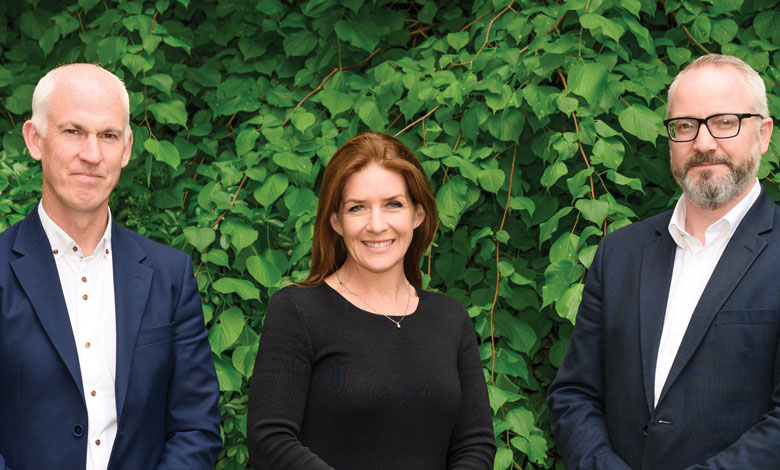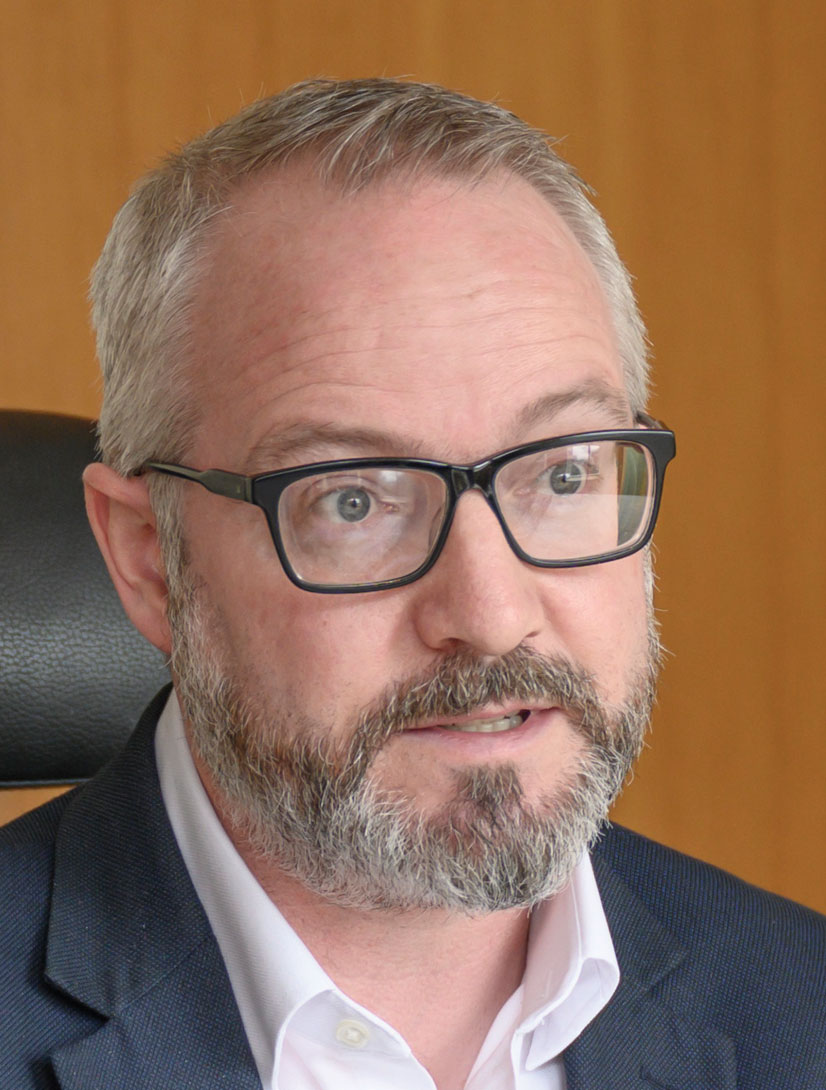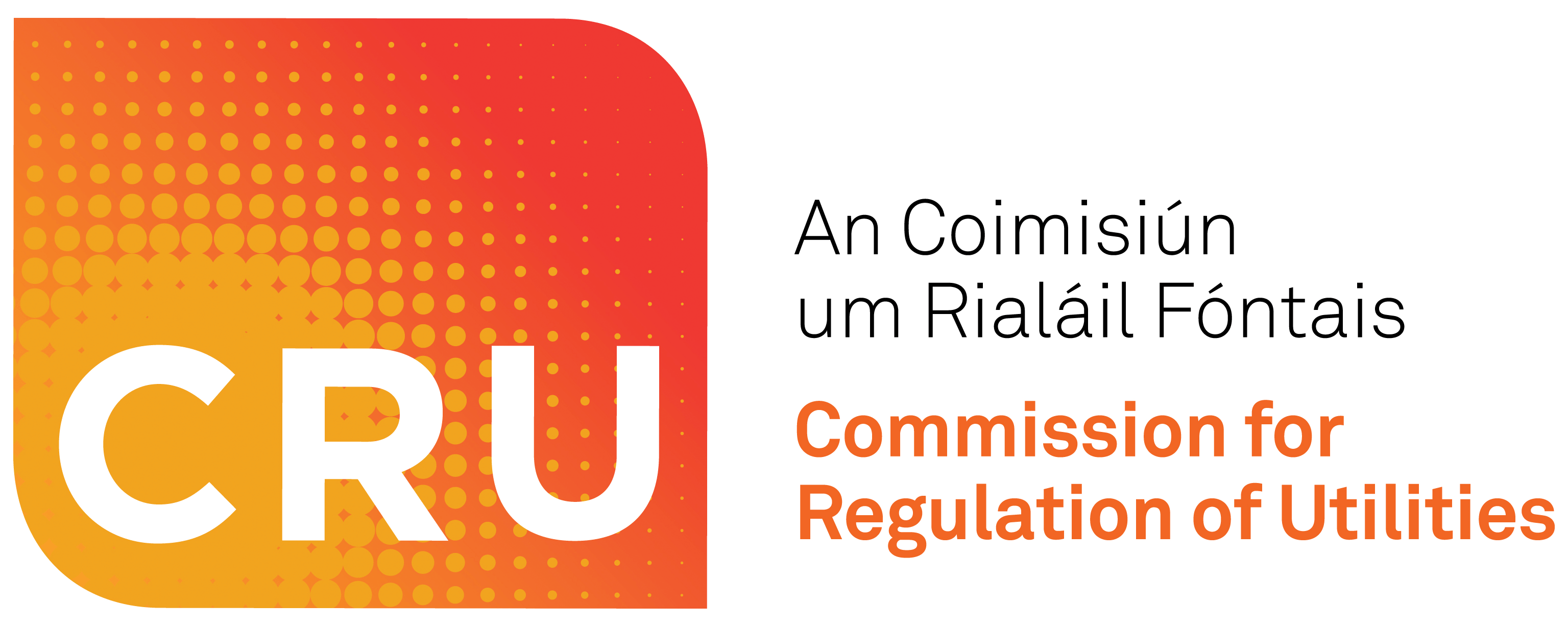CRU Chair Jim Gannon: Guiding the energy transition

eolas Magazine sits down with Jim Gannon, Chair of the Commission for Regulation of Utilities (CRU), to discuss the organisation’s new strategic plan, regulatory priorities, and the increasing complexity of energy and utility markets in Ireland.
Gannon frames the CRU’s strategic plan in the broader context of change. “There is a huge level of investment required over the coming years in our networks and systems,” he explains. “The market has grown in size and complexity, and we need to scale the organisation accordingly.” The CRU’s eight strategic priorities form the backbone of the new strategy. These are:
- an acceleration to net zero;
- enabling efficient and effective energy markets;
- securing resilient, critical national infrastructure;
- facilitating efficient infrastructure investment;
- protecting consumers;
- ensuring energy safety;
- maintaining effective regulation of water services; and
- empowering and protecting consumers to participate in and benefit from the energy transition.
Gannon states that agility, collaboration with policymakers and industry, and stakeholder engagement will be central to delivering on these goals.

Responding to policy change and economic pressures
According to Gannon, one of the most significant changes CRU is aspiring to deliver is an organisational shift toward more rapid decision-making, facilitated by increased resourcing and other measures, such as the implementation of a Programme Management Office to enhance delivery. This acceleration comes in response to changes at both European and national policy levels. “There is an increased focus on affordability for residential and small business users, and on competitiveness for larger businesses,” he says.
As Ireland invests in more advanced and digitalised energy networks, Gannon stresses the importance of driving greater value from these investments. “We must ensure that these investments are made in a way that does not place undue financial pressure on consumers,” he adds.
Delivering decarbonisation
Decarbonisation is a golden thread running through the CRU’s strategic plan. Gannon highlights that CRU’s regulatory frameworks, particularly in the context of Price Review 6 (PR6), are designed to support large-scale infrastructure development at an accelerated pace. “This includes facilitating solar farms, wind farms, offshore wind, storage and the necessary grid technologies to support them,” he notes.
The CRU is also focused on market structures that incentivise not only industrial demand response, but also small-scale demand-side response and microgeneration. “The new strategy tries to use both market mechanisms and system incentives to encourage behaviours that align demand with our increasingly decarbonised energy resources,” Gannon says.
This reflects a shift in regulatory emphasis, with increasing attention on how homes and businesses can adapt energy usage to support overall system efficiency.
The regulator’s role
In the energy transition, Gannon describes the CRU’s role as “twofold”:
Firstly, it is tasked with incentivising network operators to invest in appropriate infrastructure and to ensure that such investments are efficient.
“In recent years, the size and complexity of the sectors we regulate have increased, alongside additional responsibilities being added to our mandate.”
Secondly, it must establish market incentives that maximise the use of renewable resources while promoting effective demand-side participation.
“These behaviours and investments, if incentivised appropriately, will lead to better outcomes for both consumers and businesses,” Gannon explains.
Integration of renewables and grid stability
Addressing the practical integration of renewables, Gannon stresses the need for increased grid investment to reduce curtailment and constraints.
In this context, CRU’s strategy points to the importance of flexibility technologies. These include demand-side modifications in response to market signals and the deployment of battery storage at both large and small scales. These technologies can help mitigate overproduction of electricity from wind or solar by storing surplus energy for later use, thereby providing increased operational flexibility.
Additional measures include investments in system services that ensure grid stability. Technologies such as synchronous condensers, which replace the stabilising function of thermal generators, are viewed as essential to this effort.
Stakeholder engagement and strategic development
Gannon provides insight into the process behind the strategy’s development. The CRU engaged in both internal and external consultations, and feedback played a significant role in shaping the plan.
Stakeholders, Gannon states, consistently highlighted two challenges: the need to maintain energy security while continuing to accelerate decarbonisation alongside the requirement to balance this with affordability and competitiveness.
A consistent message across stakeholders was the need for CRU to be appropriately resourced to face the challenges ahead.
The CRU also engages closely with European policy developments through organisations such as the Council of European Energy Regulators (CEER) and the Agency for the Cooperation of Energy Regulators (ACER), to ensure that EU directives are both transposed and actionable within the Irish regulatory framework.
Decarbonised gas and the role of hydrogen
The CRU’s strategic direction includes a focus on developing a future decarbonised gas network. Gannon outlines the regulatory approach to both biomethane and hydrogen.
“I think there are two significant sets of opportunities and two significant sets of challenges around renewable gas.
“Biomethane is a very well understood technology. We have natural resources – different types of biomass in Ireland – that can produce biogas, which can then be injected into the gas grid. That is already happening. The technology exists, and the market incentives are a bit more familiar, so there is definitely an opportunity there.”
On hydrogen, he says: “The best use cases are less clear at the international level. More recently, a lot of the attention has focused on where hydrogen can be used effectively, especially in heavy industrial clusters where there might be a specific business case.
“This involves different approaches, including green hydrogen, which is produced directly from renewable energy, and blue hydrogen, which is made using more traditional means like natural gas.
“These methods result in hydrogen at very different price points. So the question is still open, not just globally, but specifically for Ireland, about where hydrogen fits best, both in terms of our current gas mix and our industrial demand.”
Infrastructure investment and grid resilience
In the short to medium term, CRU’s policy focus will centre on investment planning through its upcoming PR6 draft determination. Gannon described the proposed framework as agile and “permissive”, encouraging ESB Networks and EirGrid to deliver on ambitious network and systems goals.
However, the CRU is also focused on ensuring that network companies deliver value for money. “If delivery does not occur at the anticipated pace, we will ensure that consumers are not overpaying,” he explains.
Grid resilience, both in terms of physical and cyber threats, is also a growing area of focus. The CRU has requested that utilities demonstrate how their proposed investments account for extreme weather events, cyberattacks, and physical security risks.
Innovation and AI
The CRU is exploring how technology can strengthen its role in regulating Ireland’s energy markets. A recent area of focus is the use of artificial intelligence (AI), not only in consumer-facing applications such as smarter networks, but also in deeper market analysis.
“AI can be helpful in examining data and in sifting through information to determine trends, to determine habits, to determine particular behaviours,” Gannon notes. He sees potential in applying AI to monitor generator behaviour, assess market movements, and evaluate the use of natural resources like wind and solar energy.
Internally, the CRU is considering how AI can support its engagement with consumers. One area of interest is improving how feedback is processed and prioritised. “How can we address different feedback we get from consumers to really make sure we are capturing their key priorities?” Gannon asks. The goal is to use digitalisation to build a more responsive and transparent regulatory process that ensures consumers’ voices are heard and acted upon.
Gannon also believes that smarter use of data can contribute to a more cost-effective energy network. With better analysis and control tools, the CRU sees opportunities to make more informed investment decisions, targeting resources where they can deliver the greatest impact, while also acknowledging the inherent risks associated with AI.
“It can provide us with more sophisticated tools and insights, that should allow us to plan a more cost-effective network,” he says. The emphasis is on using technology to support the energy transition while remaining focused on value for the end user.
However, Gannon acknowledges the need to balance these benefits against the energy demands of digital technologies themselves. “For every kWh used for processing capacity, we need to seek value in return,” Gannon stresses.
Organisational growth and future capacity
Looking ahead, the CRU is seeking an increase in staffing and organisational capacity. The regulator is currently in ongoing dialogue with its parent department about growth requirements.
“In recent years, the size and complexity of the sectors we regulate have increased,” Gannon says. He also cites a range of new responsibilities being added to CRU’s brief that are driving this.
The CRU’s ambition is to ensure it can continue supporting national policy goals while delivering quality regulatory services to both consumers and industry participants.
Collaboration
Asked to summarise CRU’s message to the wider energy sector, Gannon emphasises the need for collaboration. “In a time of rapid transition, where affordability and competitiveness are key challenges, we need to make sure we are making the right investments and the right changes to the market. We work better when we work together with industry, consumers, and policymakers.”







